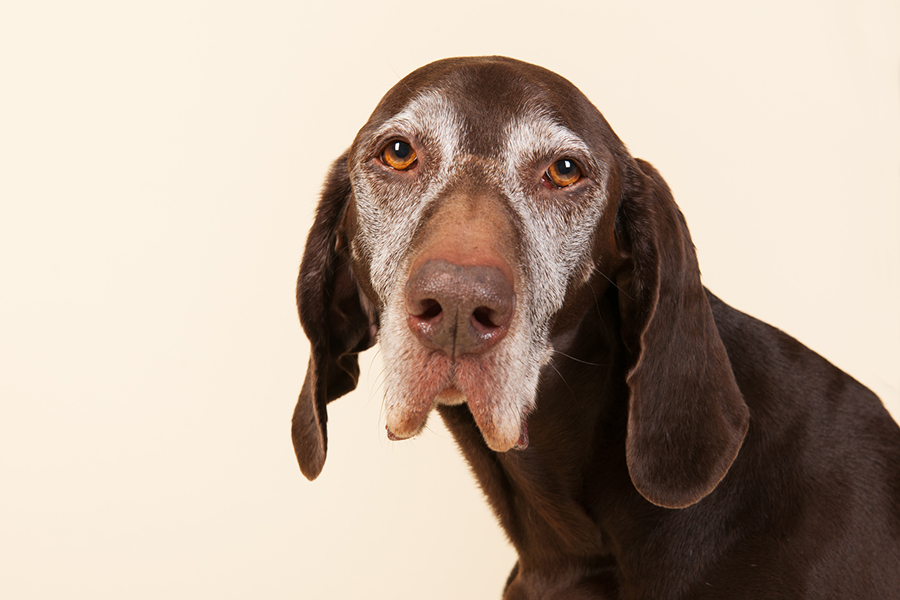Lymphoma in Dogs
Lymphoma is a cancer of the lymphatic cells (a type of white blood cell). The nearest similarity in humans is Non-Hodgkin’s Lymphoma. The most common form we see in dogs, affects the external lymph glands and often presents as a large swelling of 1 or more of these glands. The onset is normally relatively rapid. Most dogs are not sick during the early stages of lymphoma. Less common types of lymphoma involve what we call “extranodal” sites and these can be eyes/ nose/ intestines/ kidneys/ nervous system.
A diagnosis can be made by biopsy and further “staging is normally indicated. Staging is the process by which we make sure the cancer has not progressed past the original diagnosed site. These procedures include blood tests/ ultrasound/ aspirates of other lymph glands or organs (spleen/ liver)/ bone marrow biopsies and sometimes x-rays.
Once the staging process is complete, we have a complete picture of the lymphoma and treatment and prognosis can be determined. Lymphoma is the most responsive cancer we see in dogs and up to 90% of cases undergoing treatment experience complete remission with minimal side effects. Most treatments involve the use of a combination of chemotherapy drugs in what is called a “protocol”. Dogs do not tend to experience the array or degree of side effects that humans do – they do not loose their hair and very rarely experience nausea/ vomiting. In most cases, one wouldn't even realize your pet was going through chemotherapy.
Without treatment, most cases of lymphoma can only expect a survival of anything between 2-4 months from time of diagnosis. With treatment, however, 80% of cases will remain in remission for between 8-18 months. About 10-15% will experience remission for about 2 years and in 5-10% cases this even lasts for beyond 2 years and can even experience cure. These figures are taken from the more advanced protocols that include up to 5 different drugs for treatment. Treatment can range from just palliative (where no remission is attained, but there is some relief from clinical signs), to mid range protocols, to the more advanced protocols. Protocols are generally tailored to suit budget, logistics (some require weekly visits, whilst others can be less frequent) and the individual patient.
The main aim of treatment for lymphoma is to reduce all clinical signs associated with the cancer and to have excellent quality of life whilst on treatment and during remission. Should there be a relapse of the lymphoma, either the same protocol can be used again, or in most cases, a slightly different one is used.
Costs of treatments vary tremendously and can range from $300 - $800 per chemotherapy session. With the advanced protocols, treatment usually goes on for about 4-5 months with visits initially once weekly, then decreasing to fortnightly and monthly. Patients are usually kept in for the day (drop off morning, pick up afternoon) and will have a blood count done before each treatment. The total cost of an advanced protocol usually comes in at between $5000-8000 over the 5 month period. Payment is only necessary on a per treatment basis.




